ADVERTISEMENT

ADVERTISEMENT
According to Google, I really shouldn't like this watch. I'm not an astrology guy, or a horoscope guy, or even really a Zodiac guy, so on the way to the Vacheron Constantin boutique in New York, I turned to Google for guidance on how I, a Cancer by birth date, should feel about a watch meant for an Aries. It was a great opportunity to be the first journalist in the Americas to look at the brand's newest Metiers d'Art release—an astrologically inspired series of twelve watches called "Tribute to the Celestial"—so I wanted to come prepared. Certainly, four millennia of studying the stars, dating back to ancient Mesopotamia and distilled down into an AI-generated Google summary, would be the best guide to a completely objective review of a watch. So, as I walked into the boutique, according to Google, things weren't about to go well.
Apparently, Aries and Cancer are meant to have a difficult relationship, I vaguely recall reading. Something about signs at 90º angles to each other on a chart or something. Honestly, that's when my eyes started to glaze over. Apologies to my astrology-loving friends (and there are a few), but the closest I've come to caring about my sign is, well, probably the last time I saw a Zodiac-inspired set of watches from Patek Philippe earlier this year and found out that sometimes a Cancer is not represented by a crab, but a lobster.
So yes, Zodiac-inspired watches are nothing new for brands, least of all Vacheron Constantin, which has drawn on that deep well time and time again in creative ways. Most recently, they not only used the Zodiac in the Berkley Grand Complication, the world's most complicated watch, to tackle a variety of new complications focused on the Chinese calendar. Frankly, I think I could spend months dedicated to trying to understand the Chinese calendar (and all the different calendars on the Berkley, shown below) and barely come away with a cursory knowledge. Another great representation, from the brand's 250th Anniversary, is the 1755: L'Esprit des Cabinotiers, a clock that rises from a celestial sphere decorated with hand engraving.
The 1755: L'Esprit des Cabinotiers. Photos courtesy Vacheron Constantin.
Closer to the present, the new Metiers d'Art collection draws on a 2021 pièce unique from the brand's bespoke workshop Les Cabinotiers, which created the Minute Repeater Tourbillon Sky Chart Leo Constellation Jewellery. While the brand has removed the sky chart and minute repeater and relied on its tried-and-true (albeit still highly technical) peripherally wound tourbillon movement, the "Tribute to the Celestial: Aries" remains a beautiful and impressive watch.
The Calibre 2160 is one of the few peripheral rotor tourbillon movements still on the market after the sunsetting of the Carl F. Bucherer brand. Breguet offers another notable option, with the calibres 581 and 581SQ, which are thinner at 3mm compared to Vacheron's 5.65mm, but significantly wider at 36.1mm versus Vacheron's 29.1mm. While ultra-thin calibers are often measured on thinness alone, you can make a super-thin watch that looks like a giant credit card (see Richard Mille, for instance), but the general compactness of the watch can suffer.
The watch operates at 2.5 Hz (18,000 vibrations per hour), with an 80-hour power reserve, and is wound by a 22K gold peripheral oscillating weight. The Poinçon de Genève (Geneva seal) movement showcases some fine finishing, with a pleasing visual mix of brushing, Geneva stripes, and anglage. Unsurprisingly, these angles aren't as deep or dramatic as you'd find on high-end independents, nor are the internal angles on the gears like you'd get from someone like Simon Brette. Rather than being a dig on Vacheron, it just illustrates the difference between a watch produced at some level of scale and those that are specifically designed around finishing being a key selling point.
At the front, you get a view of the well-designed tourbillon cage. A tourbillon is something I hadn't considered much beyond its technical aspects or how it's integrated into the design of the watch as a whole. However, recently, a colleague reminded me not to miss the trees for the forest, so to speak. Not only is the tourbillon cage well-balanced due to its symmetry, but it's also aesthetically pleasing as an object within an object, including the practical blued screw that helps the wearer track elapsed seconds more accurately.
If the Calibre 2160 movement is one of the more under-appreciated parts of this watch, we move now to one of the more obvious stars (though still arguably a supporting actor to what comes next). The white gold case (and buckle) is set with approximately 3.87 carats of blue sapphires running around the bezel, down the lugs, and around the crown, with a total of 96 baguette-cut stones used per watch.
A far cry from the maximalist approach of the recent F.P.Journe Tourbillon Souverain Vertical Joaillerie Rubis I reviewed recently, with its 25 carats of stones set into a 44mm sapphire case (including the midcase), the Tribute to the Celestial is distinctly more wearable by comparison, and not just by dimension. Yes, that's certainly one factor, but when you look at the two watches, you'll also notice that the case of the F.P.Journe was widened mostly to accommodate a wider and deeper bezel, which changes the balance of the dial and gives the dial a shrinking effect. That would have been counter-productive here on a watch where the dial is meant to be the star player and the ultra-thin movement should be emphasized.
That's not to say that one is better than the other, nor is it to suggest that either is particularly suitable for daily wear. But each accomplishes something different subtly and attractively. I also love the delicate nature of using smaller stones in the buckle and on the lugs to create a more dramatic gradient of size in both. However, it's also probably the most balanced watch Vacheron has ever made, given the caliber. It's the smallest diameter they've placed the movement in; the watch measures 39mm, which they've achieved once before with the Traditionnelle Tourbillon Jewellery, but that watch was 11.2mm thick. Here, Vacheron has achieved a thickness of 10.7mm, slightly thicker than the standard Traditionnelle Tourbillon (10.2mm), but those watches measure 41mm in width.
Now back to the elephant in the room, or the ram, I should say. The dial is as impressive as you'd hope to get on a watch where craftsmanship is the name of the game. In addition to all the technical minutiae, there's just the fact that the designer did a great watch keeping the functionality (a printed minute track and applied indices, for example) while integrating it into the rest of the case, with a matte outer track that's much darker than the bezel or central dial, drawing your eye inward while separating the two elements.
But man, oh man, that dial. While I saw the Aries model, there are twelve Zodiac dials, each with its own hand-guilloché "sign" and its associated constellation, the stars represented by brilliant-cut diamonds. It's both visually impressive at a glance, but perhaps even more so when you understand the number of steps involved or appreciate that Vacheron developed an entirely new guilloché technique to create the illustrative, figurative, and geometric pattern (one that takes approximately 16 hours per drawing).
No one person is responsible for an entire dial, which ramps up the pressure as the creation gets further down the process, and one person could easily undo days of work that came before them. The dial is made of a thin disc of 18K 5N gold, marked with the outlines of the constellations and zodiac signs. The sunburst brushing is done next, then (for the four "human" dials) opaline details are added. Then comes the next step, the hand-guillochage of the zodiac sign, done before the aperture for the tourbillon is cut. Next is the blue color, which is partially removed by machining to reveal the gold dial base, allowing for fine lines to be visible. This base is then covered with lacquer. All white gold indices are applied, and the minutes, seconds, and Vacheron brand name are transfer-stamped. The final step is to set the diamonds to mark the stars in each constellation.
The sunken and three-dimensional look of the diamond constellation is stunning, though to me it comically emphasizes how poor my imagination is, because I never would have seen a "ram" out of the four stars in that constellation. However, in a world where diamonds are often used in full pavé settings or as single indices, this is a truly creative execution.
At the time of writing, the Tribute to the Celestial pieces retail at $215,000 before taxes. As one of our commenters said in our original "Introducing" story, "If you described this watch to me without photos, I would probably hate it." It's true, and if we used astrology as a review guide, I apparently still should hate this watch (or at least struggle to get along with the owner). In reality, I came away impressed and glad that the brand has decided to keep this an open series, which, although limited in production, should still fulfill orders for clients for the next few years, well past the brand's 270th anniversary.
For more information on the Vacheron Constantin Metiers d'Art Tribute to the Celestial, visit the brand's website or read our "Introducing" story for more specifications.
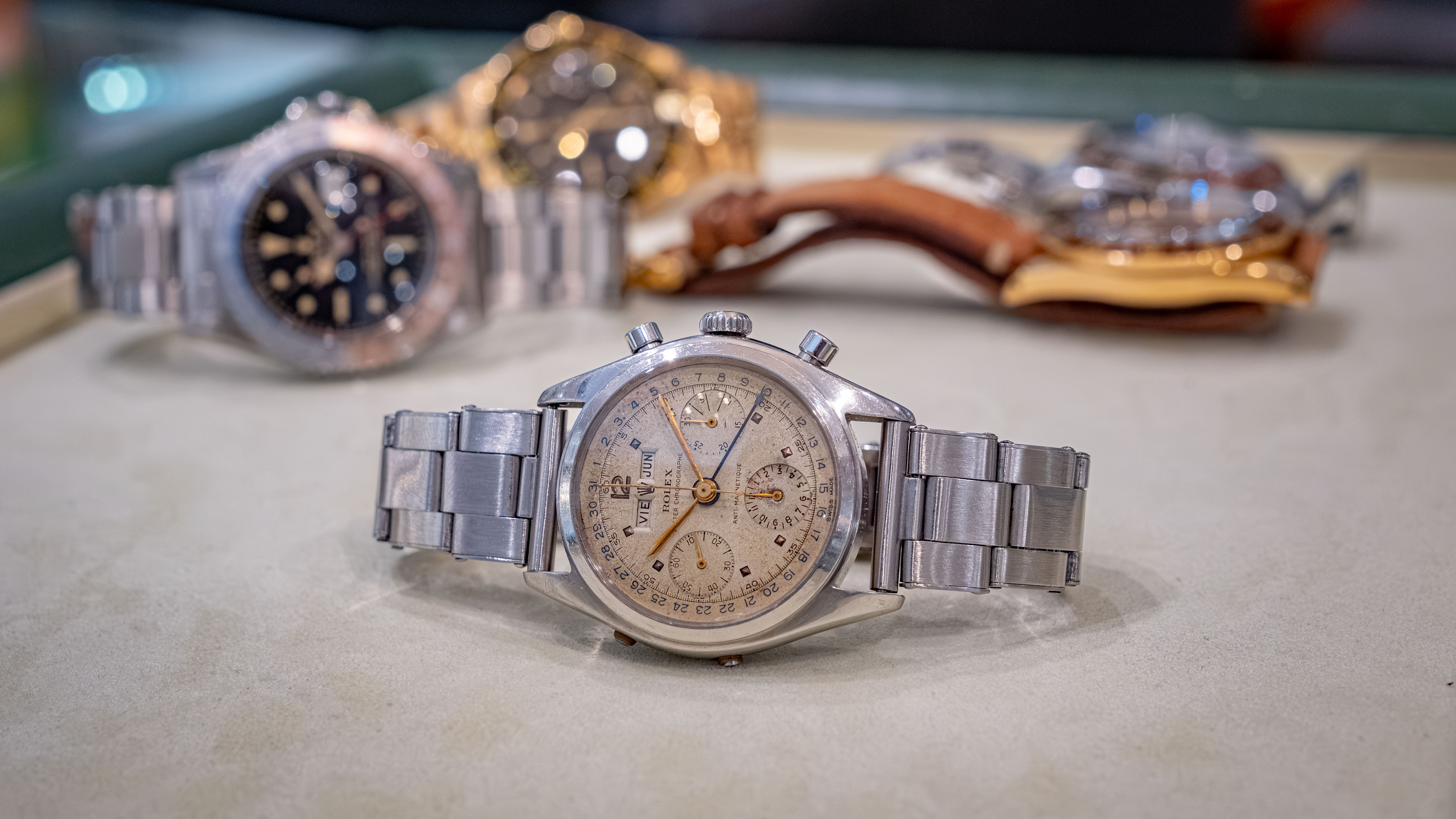


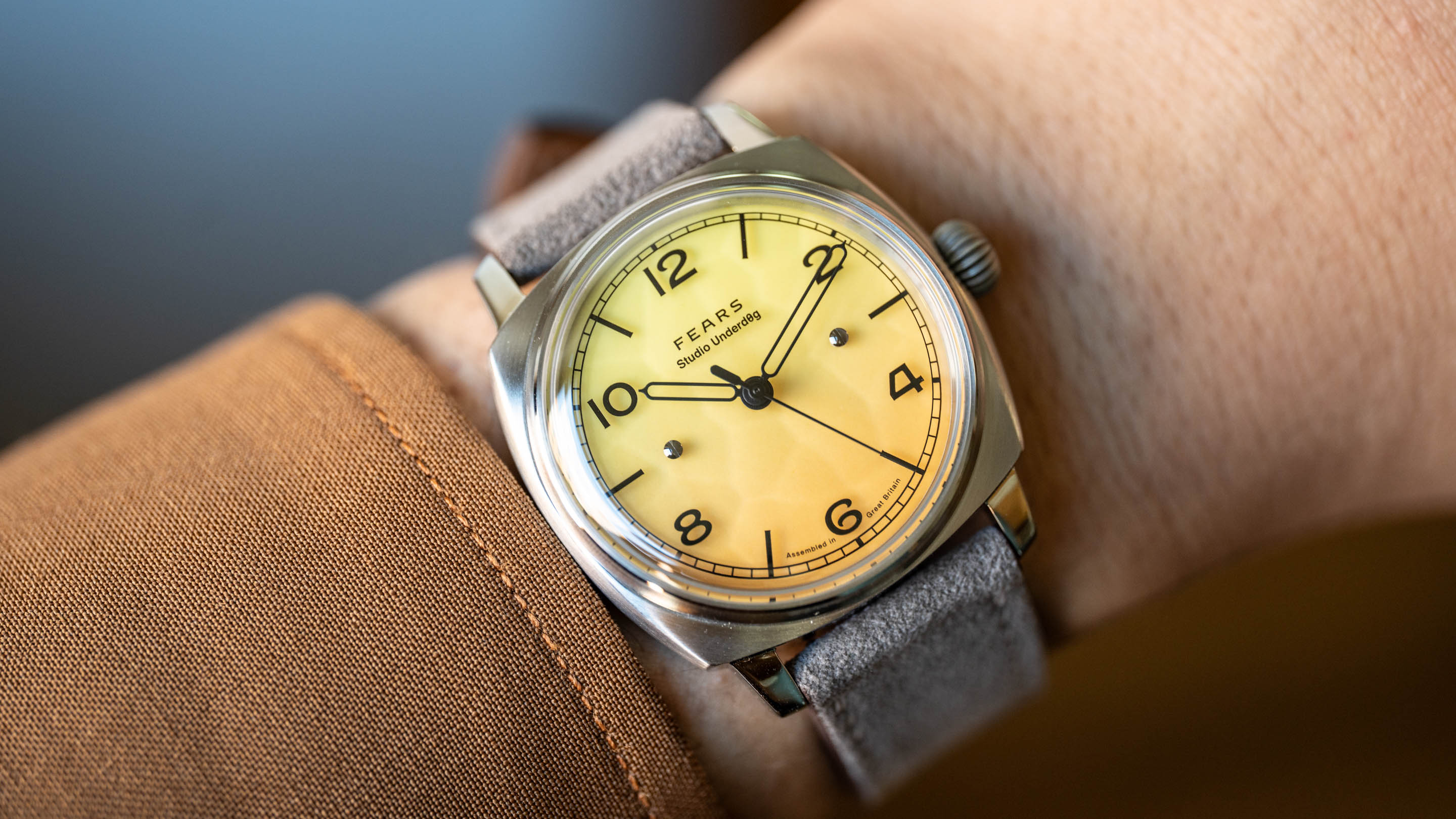



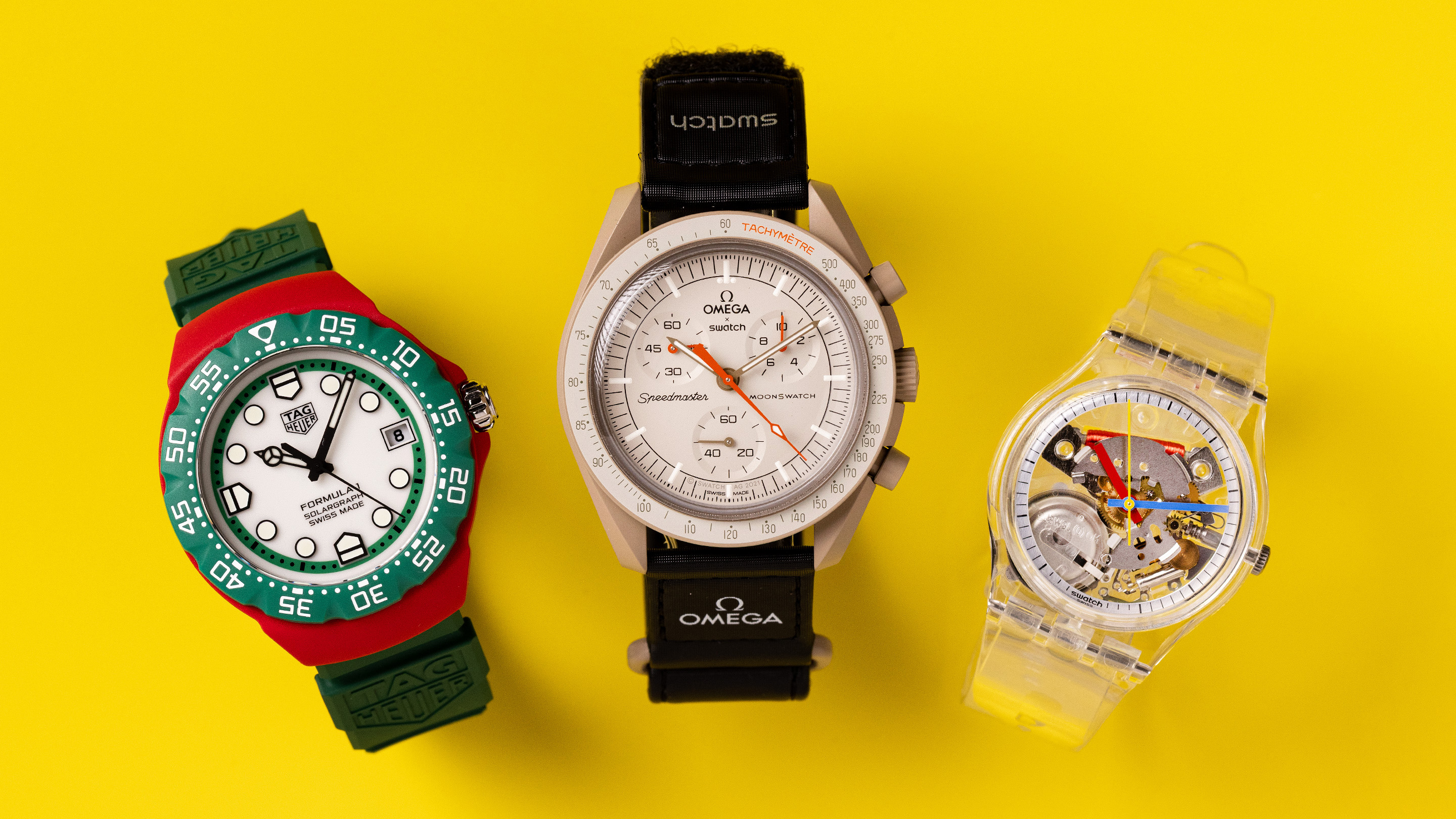
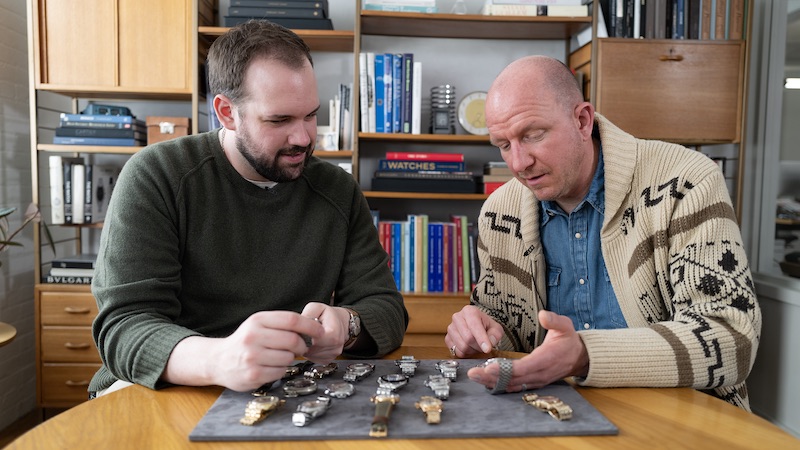



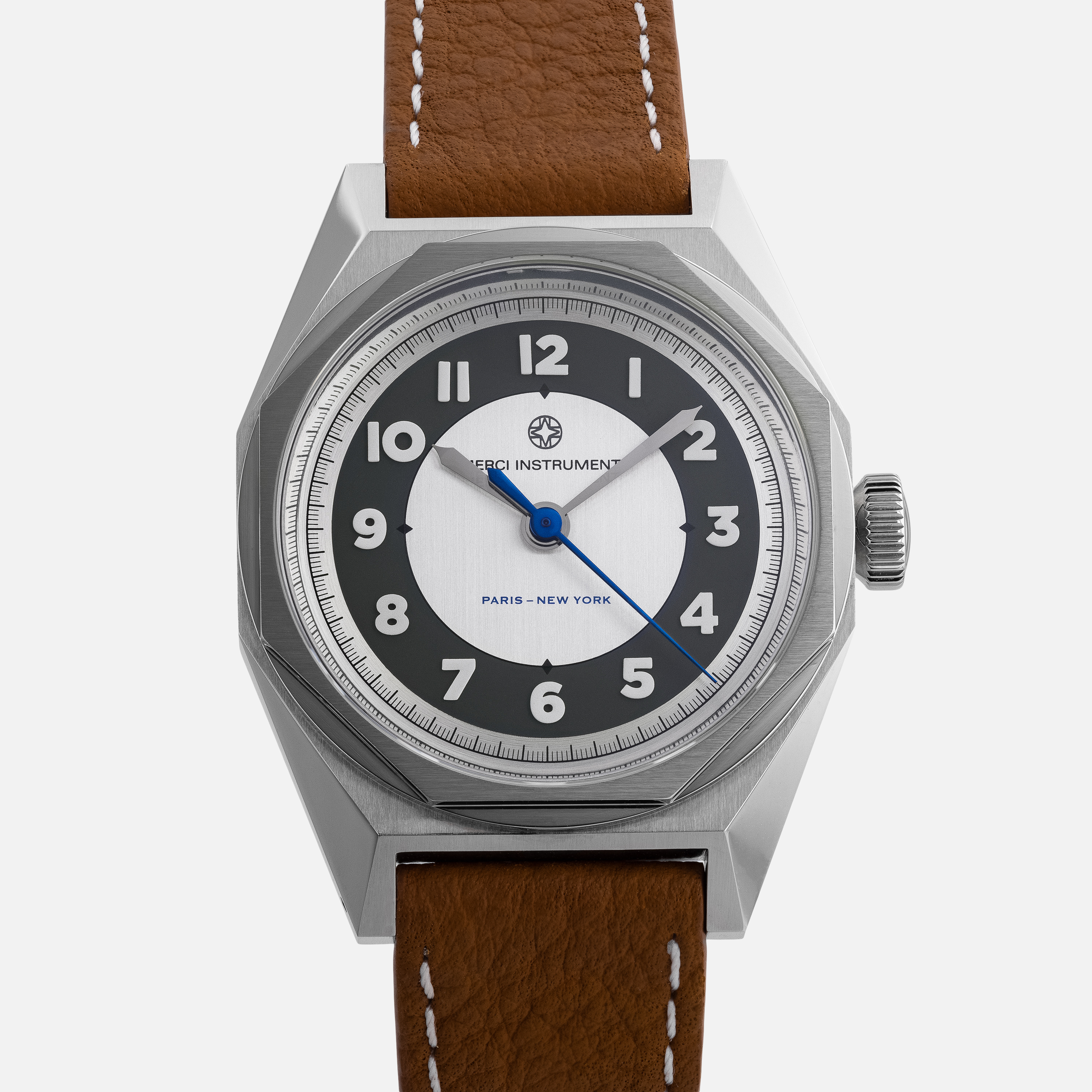








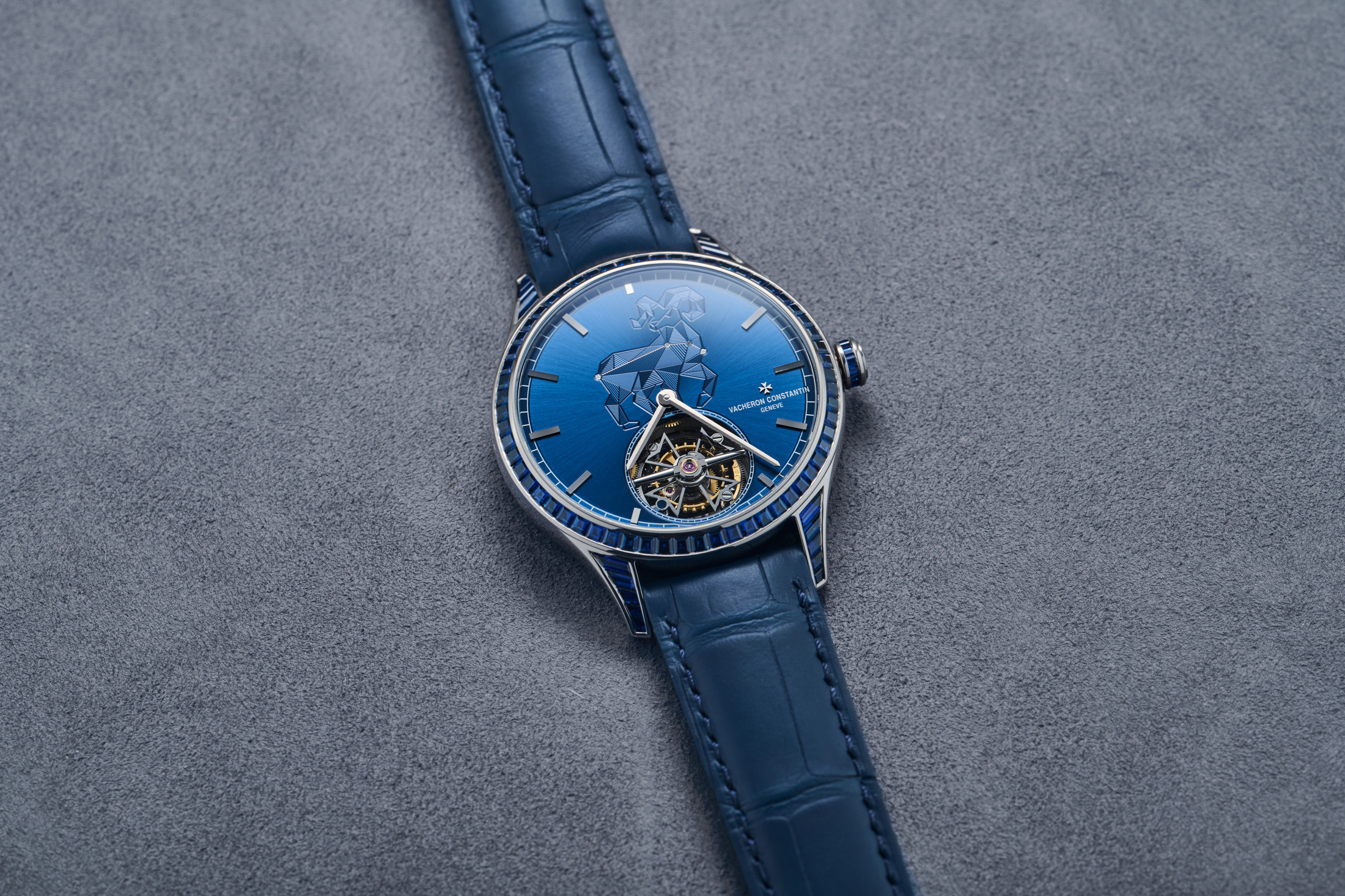
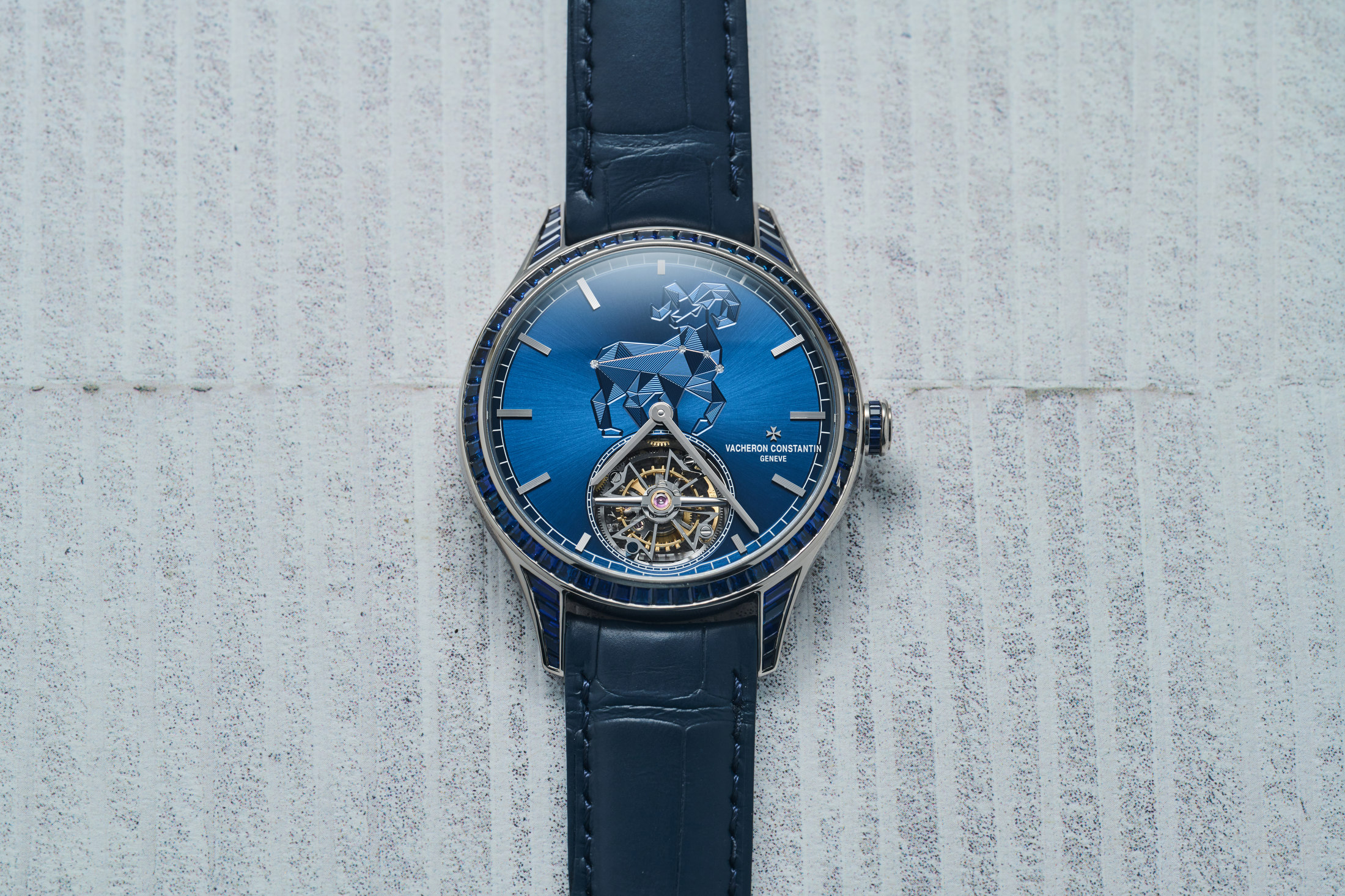
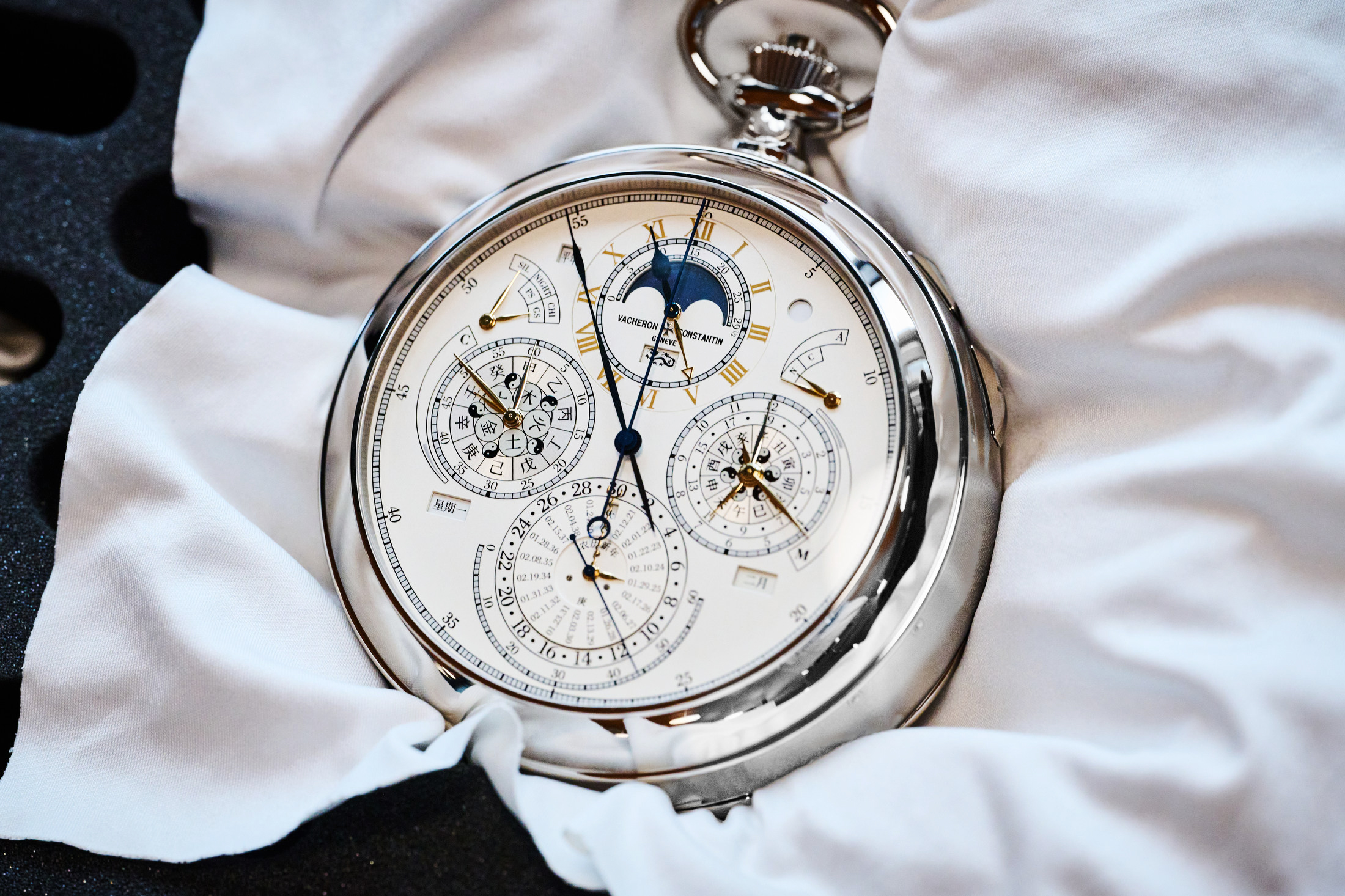
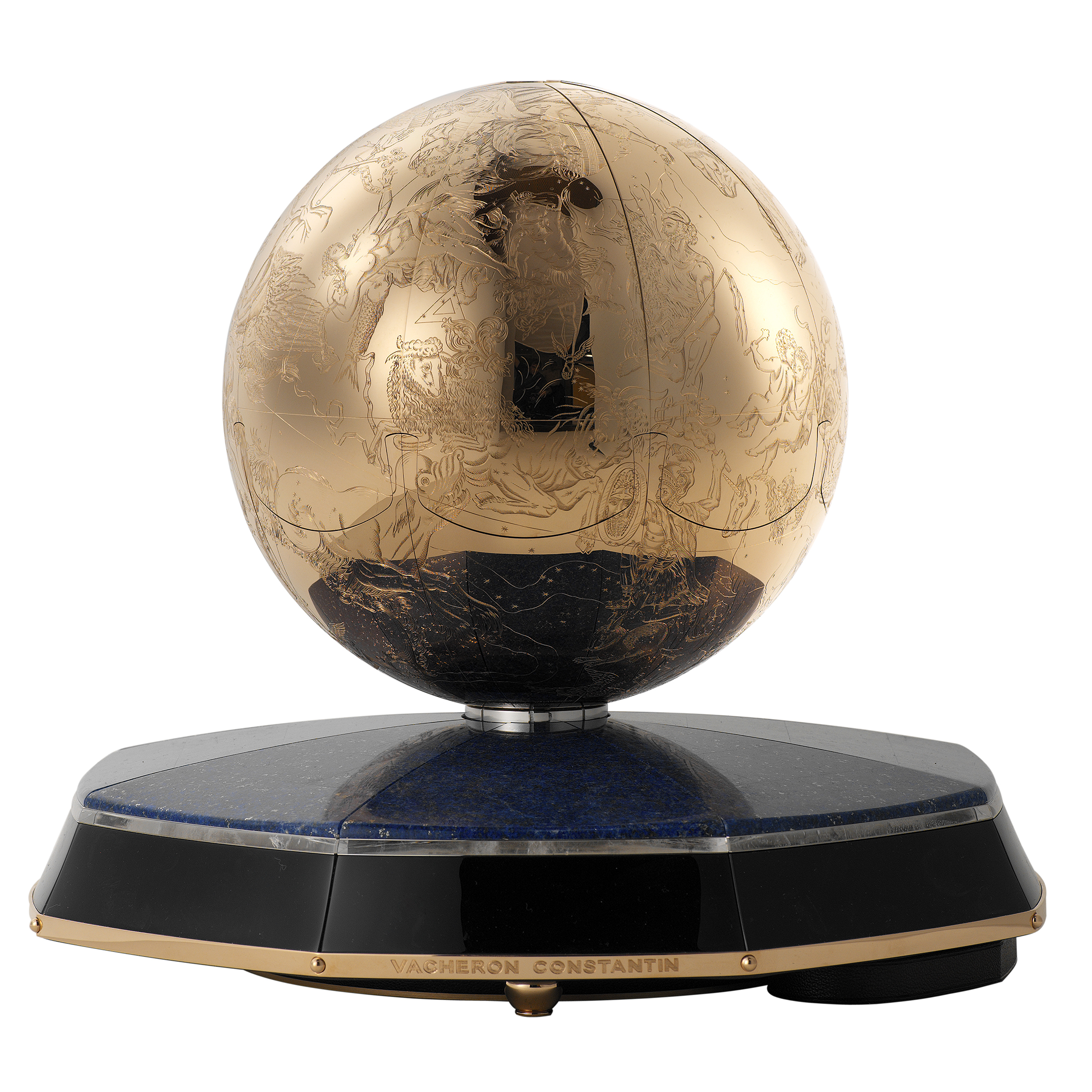
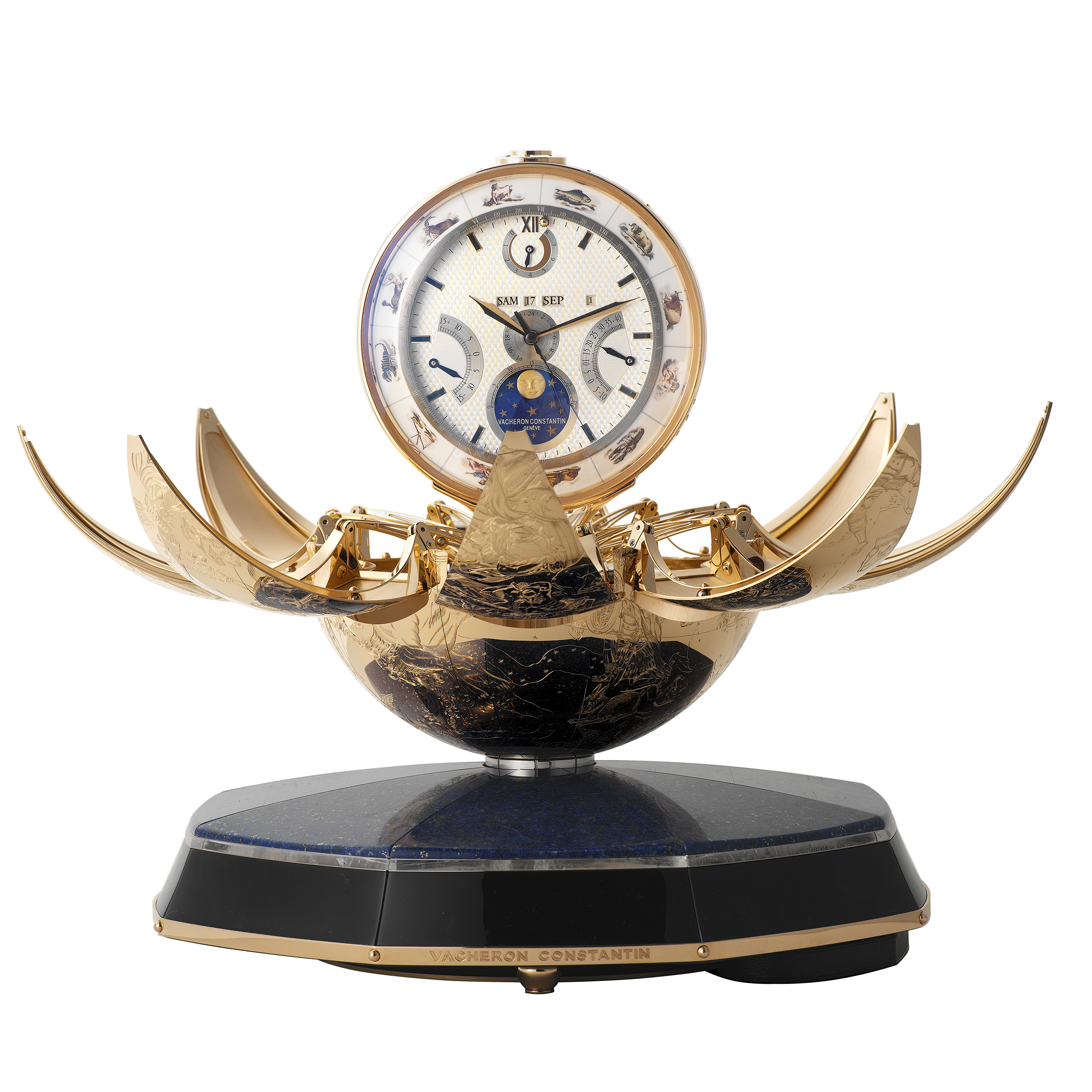
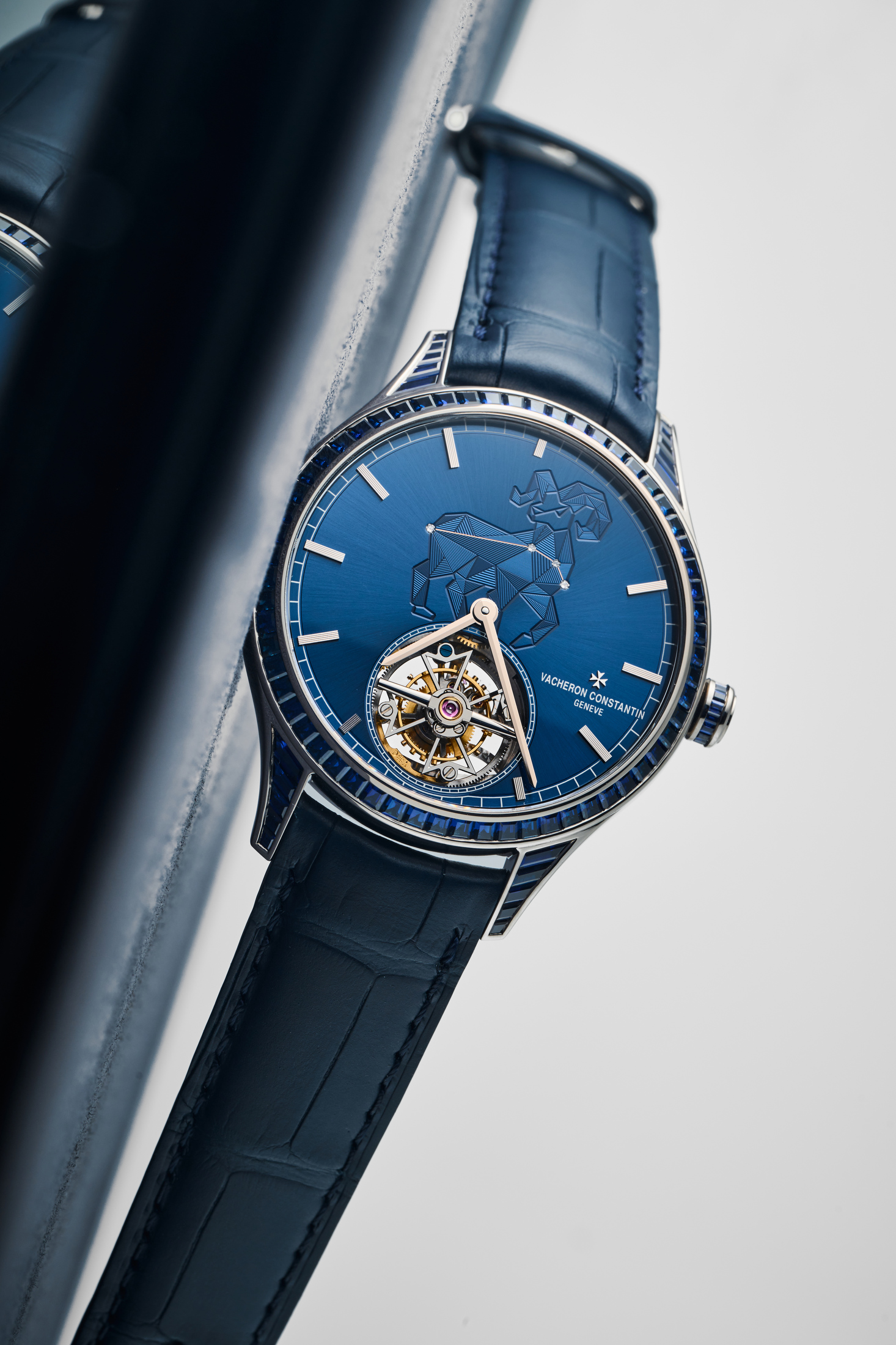
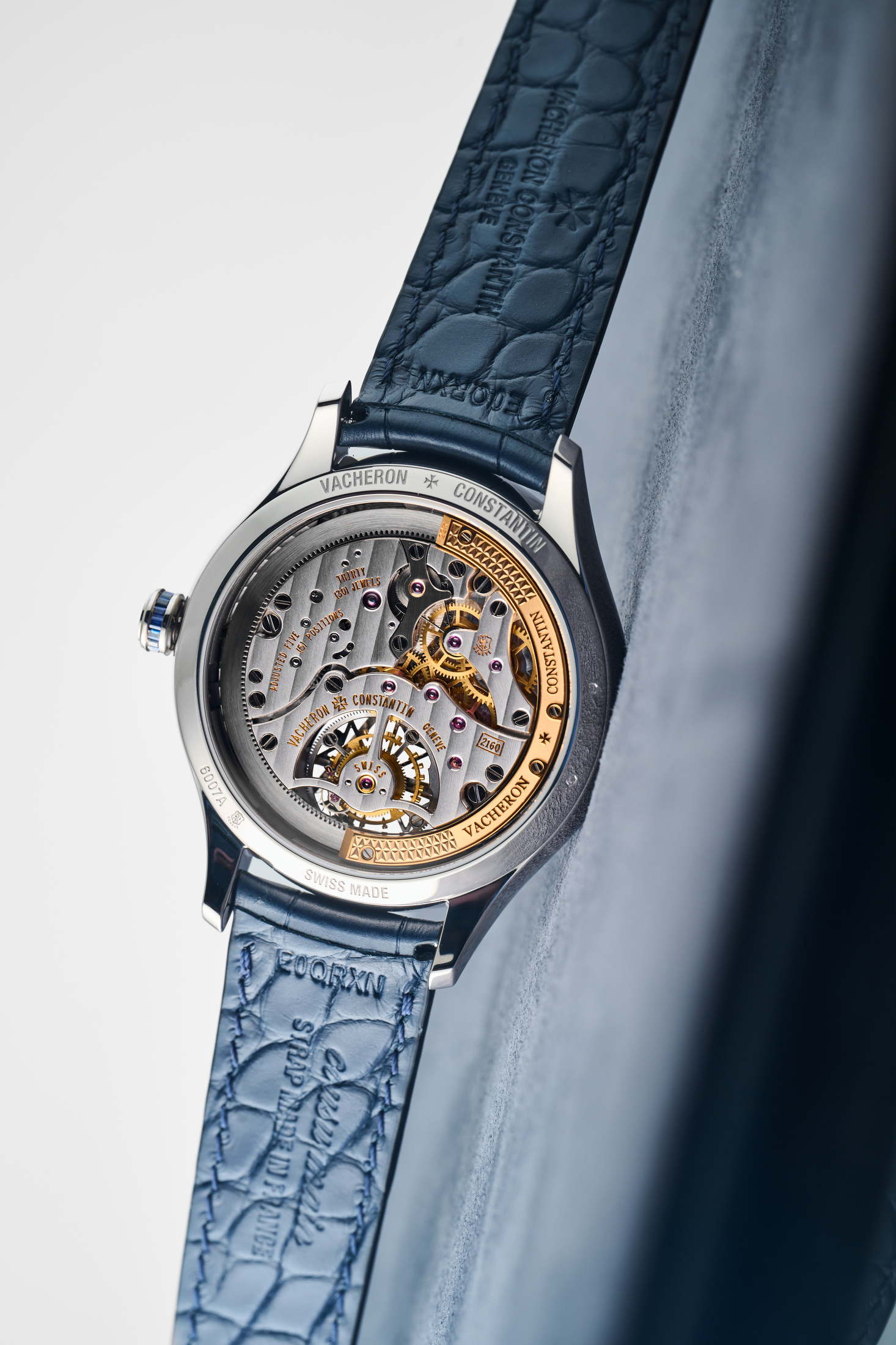
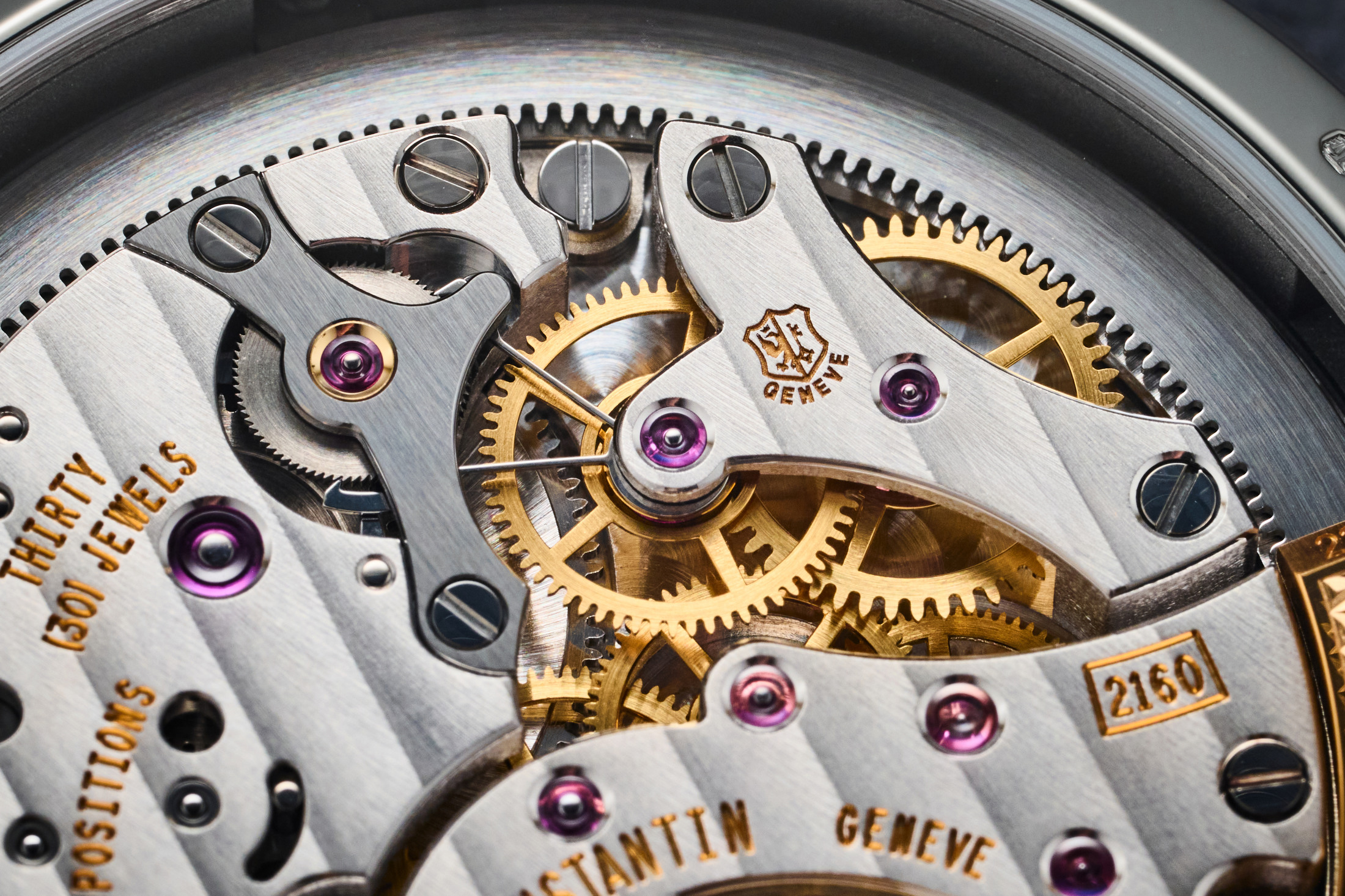
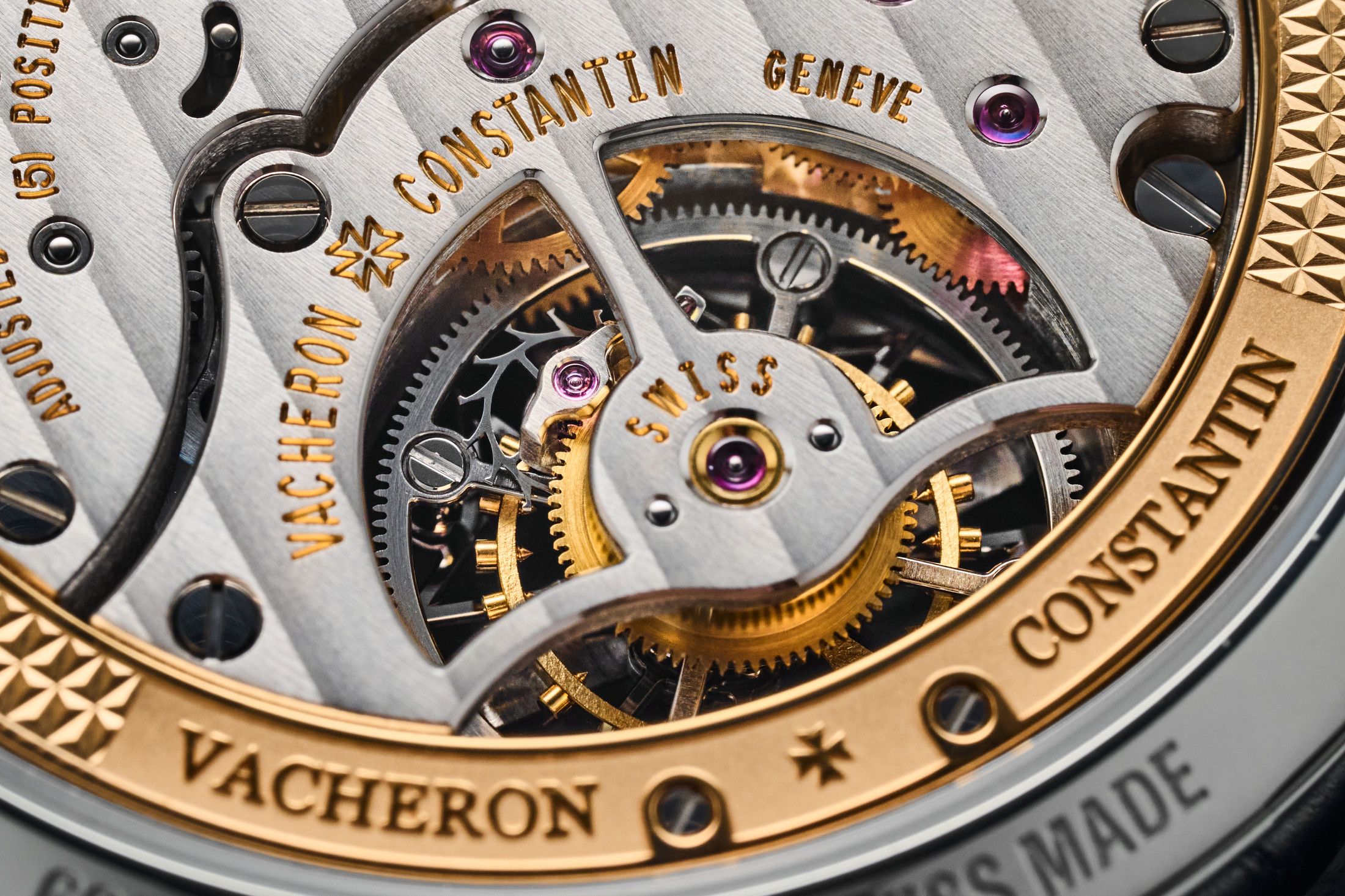
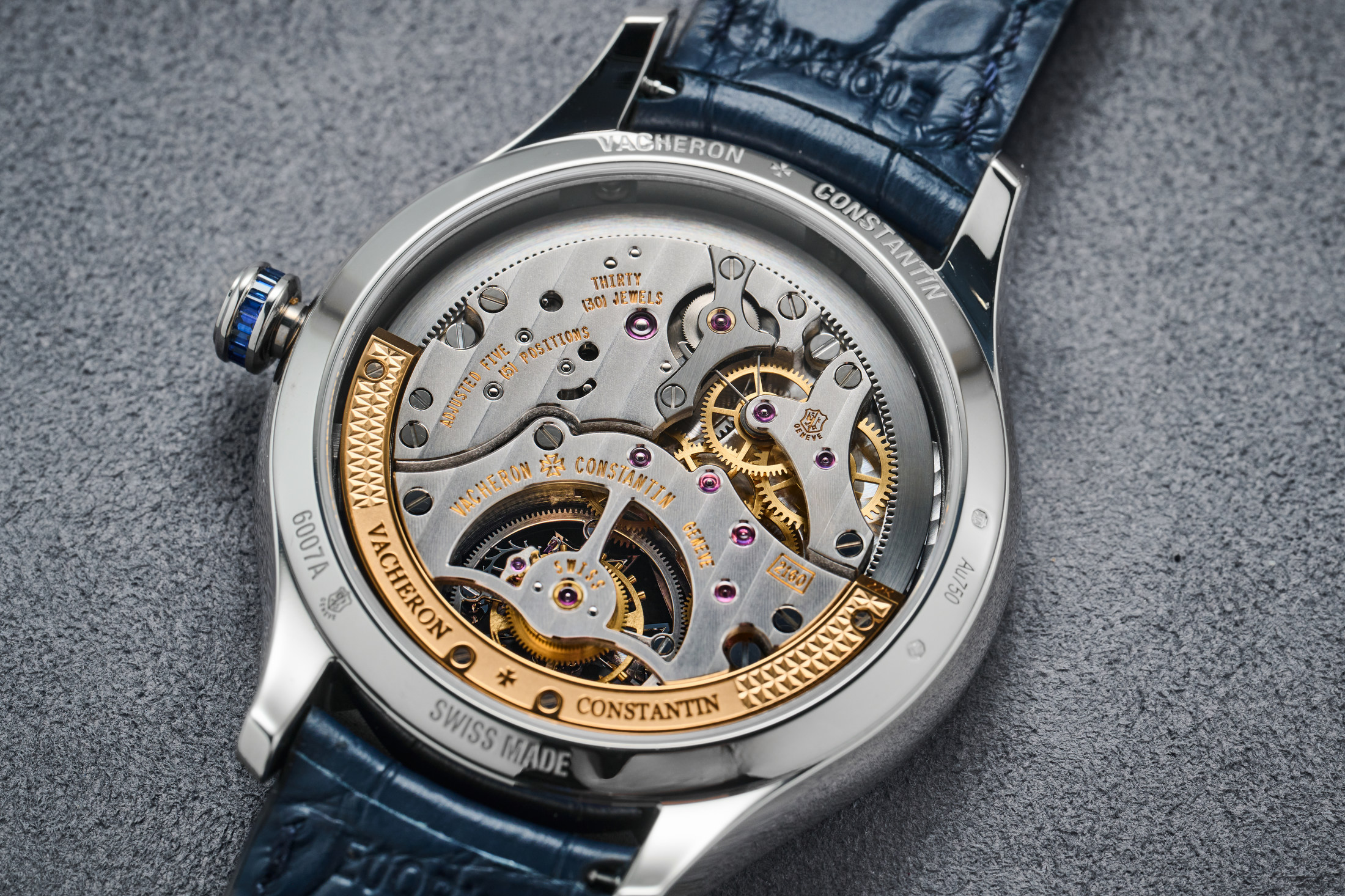

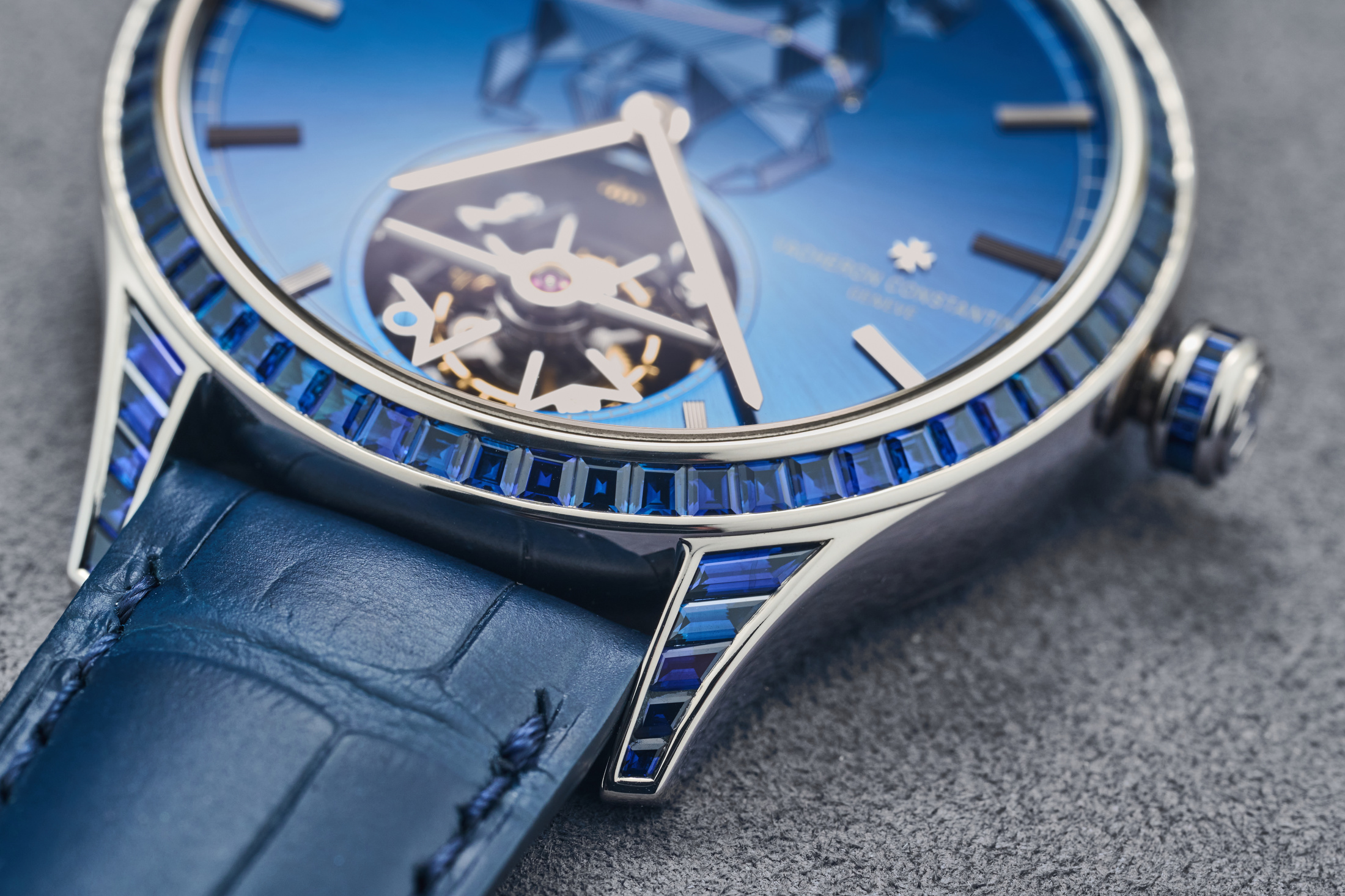
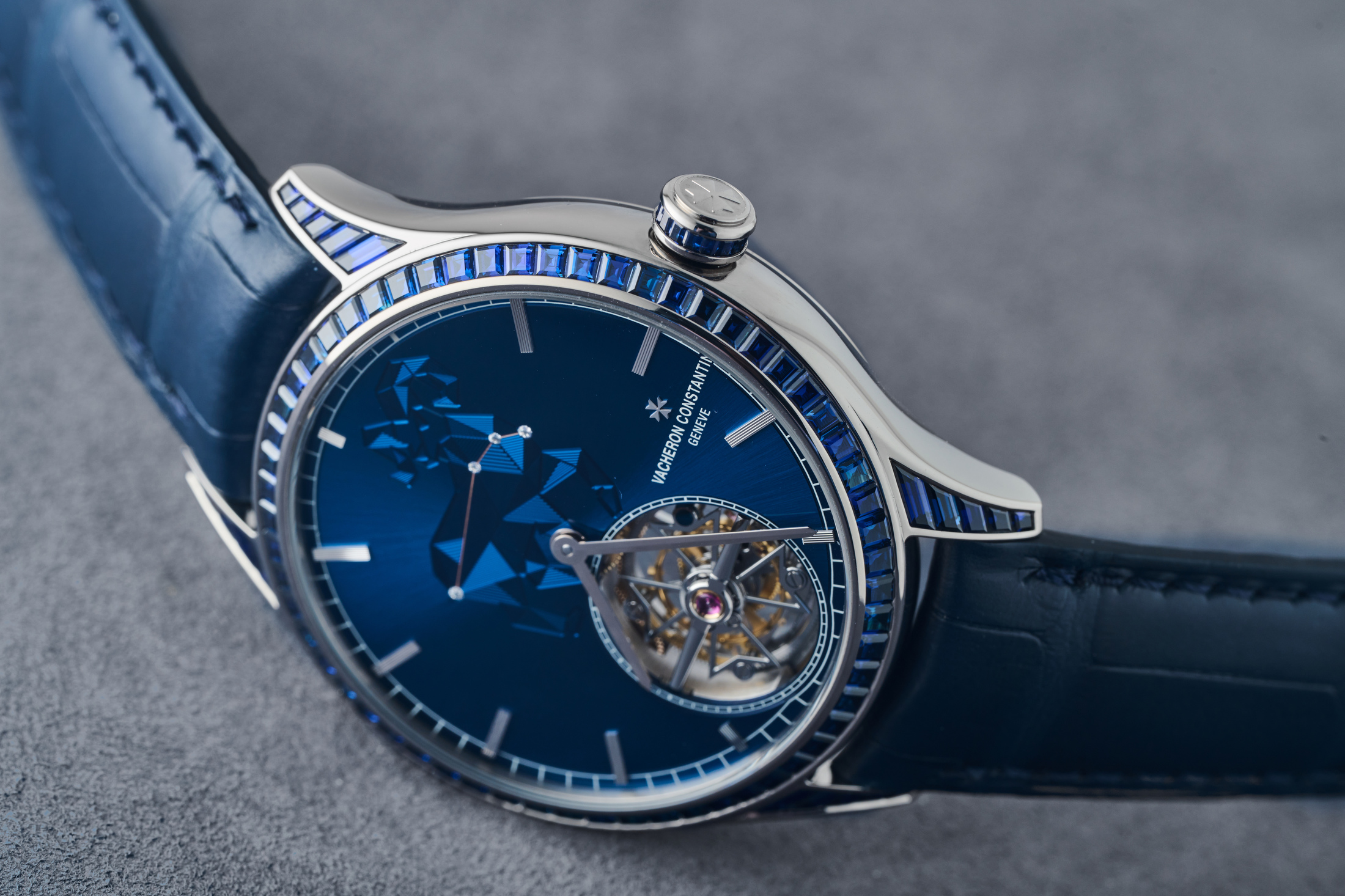


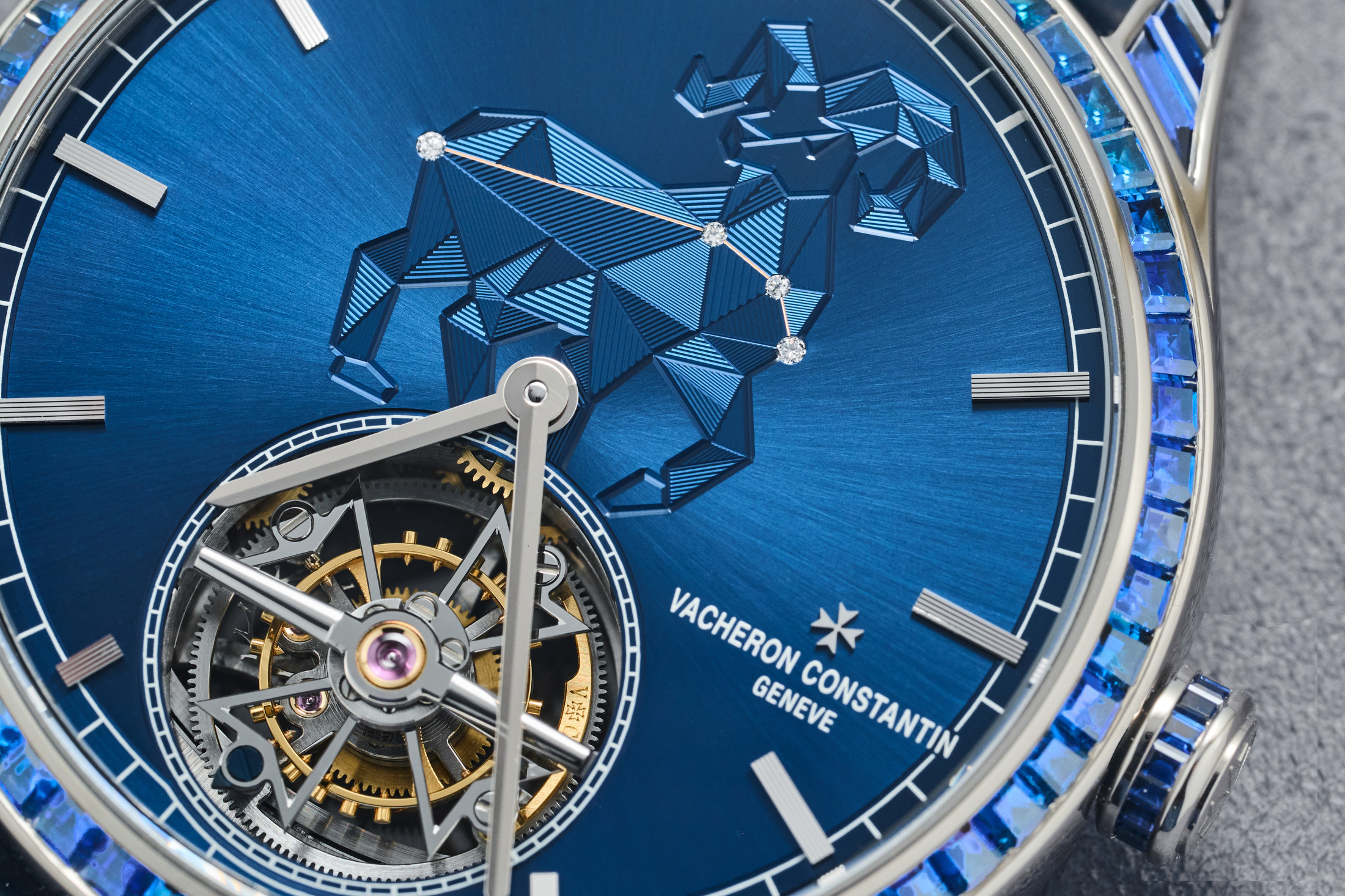
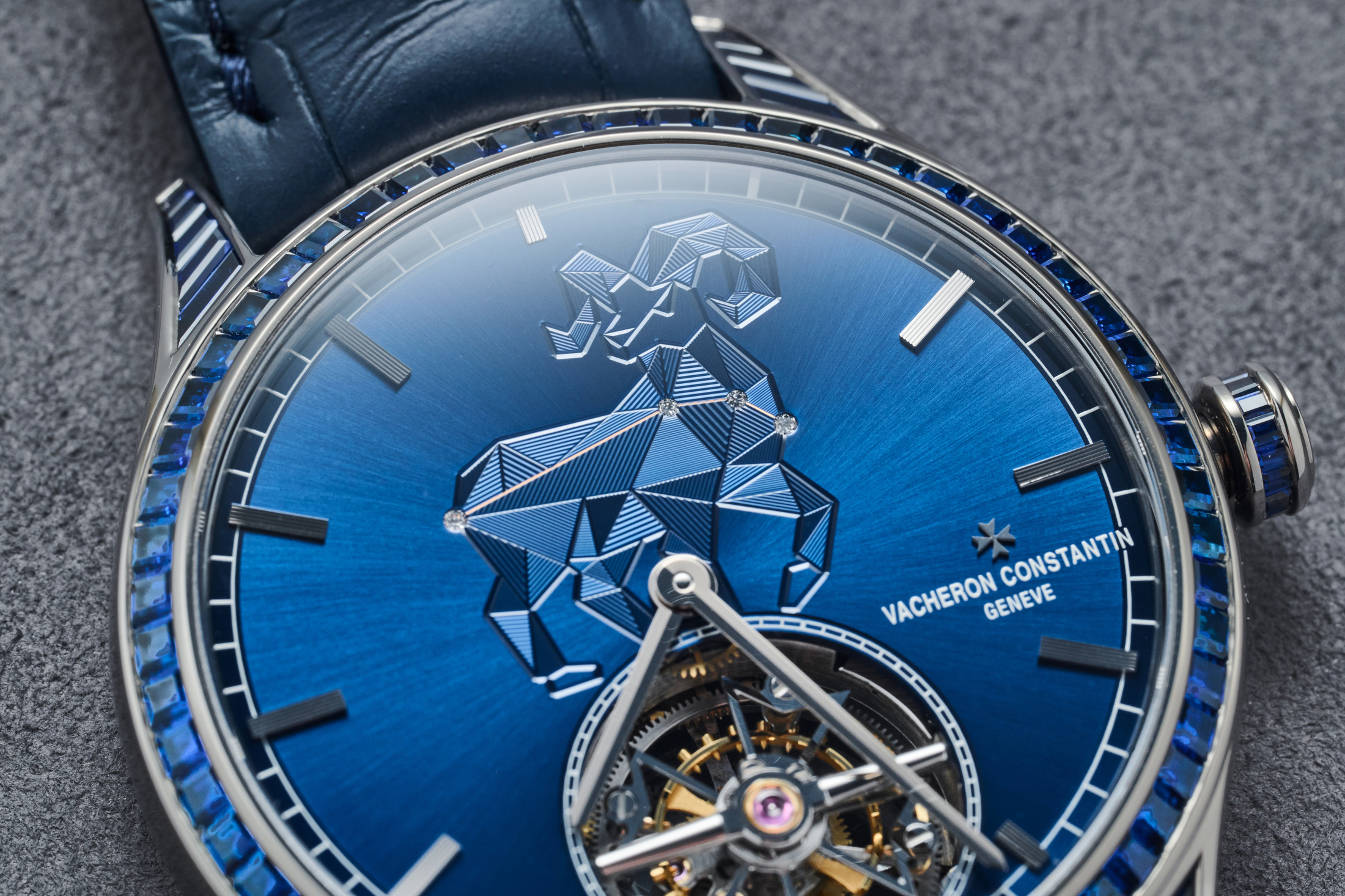

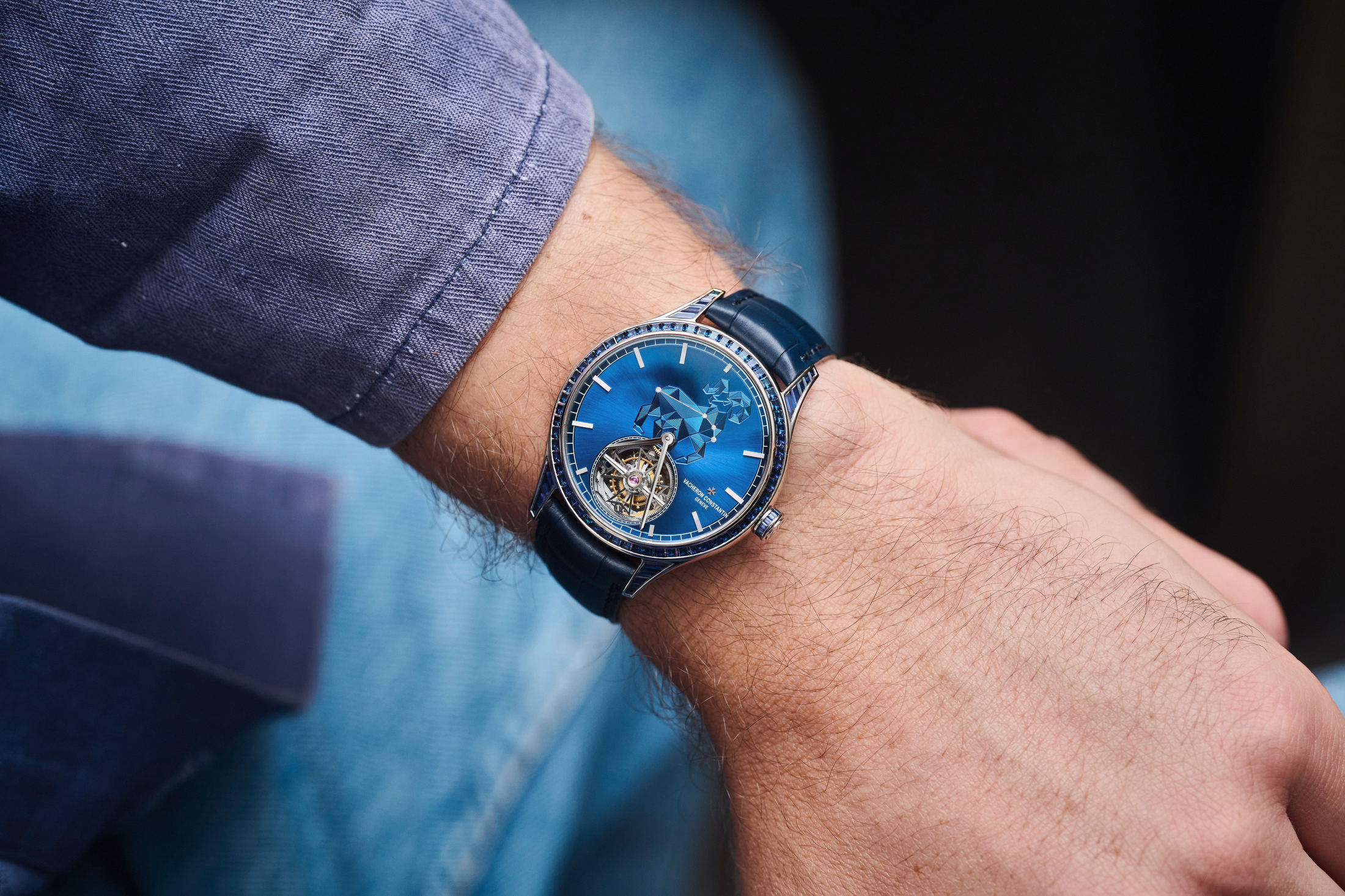
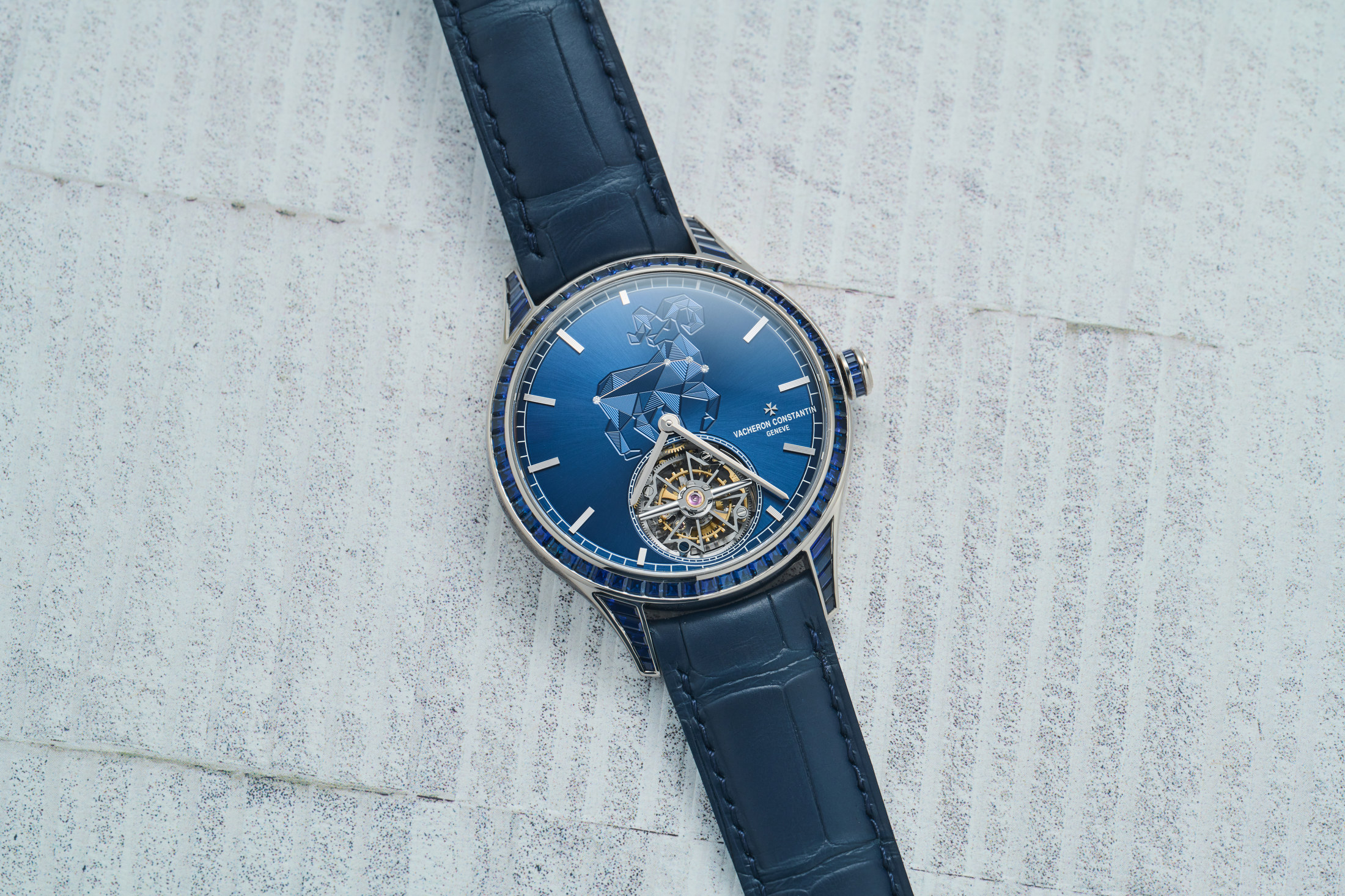

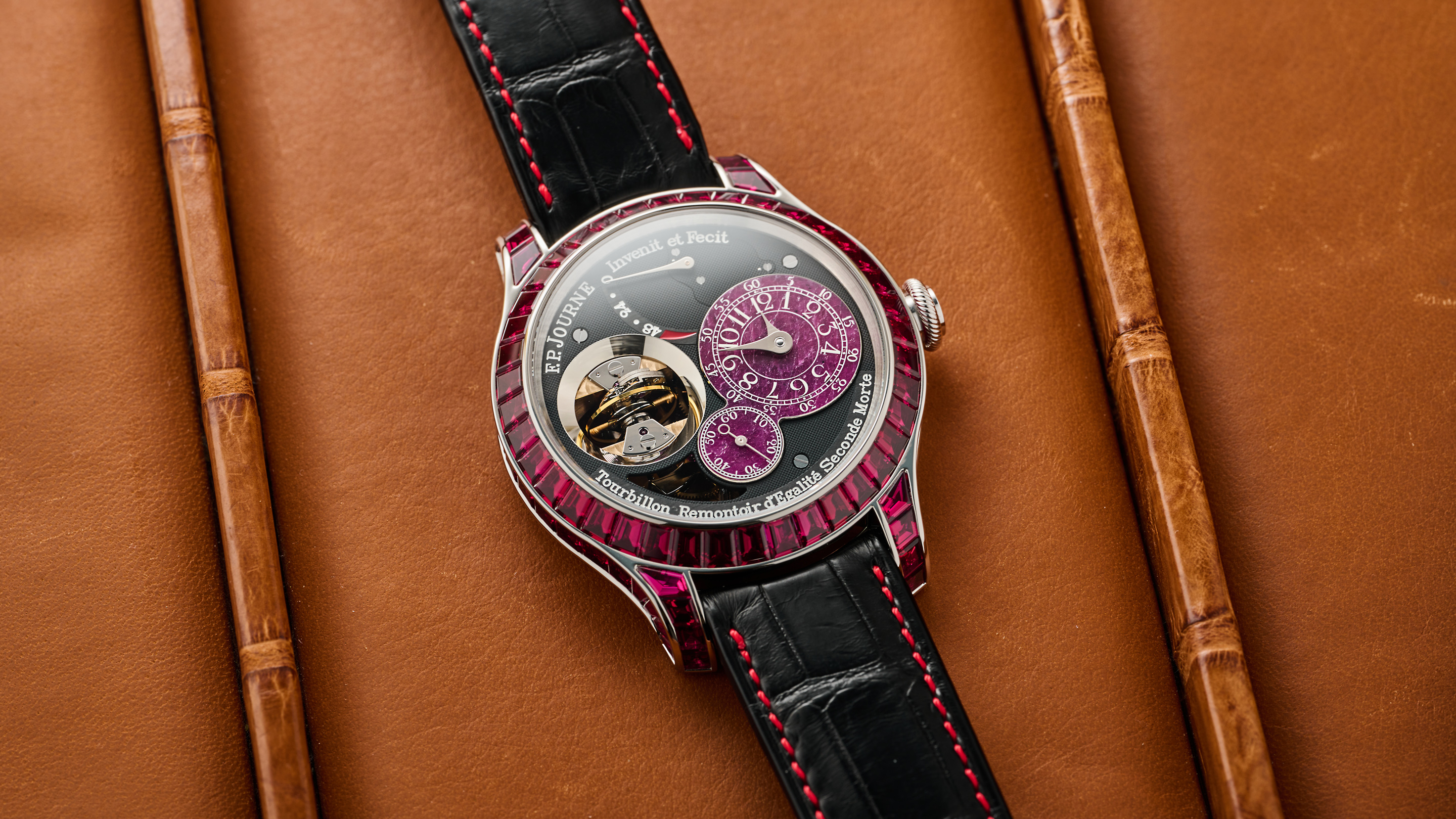


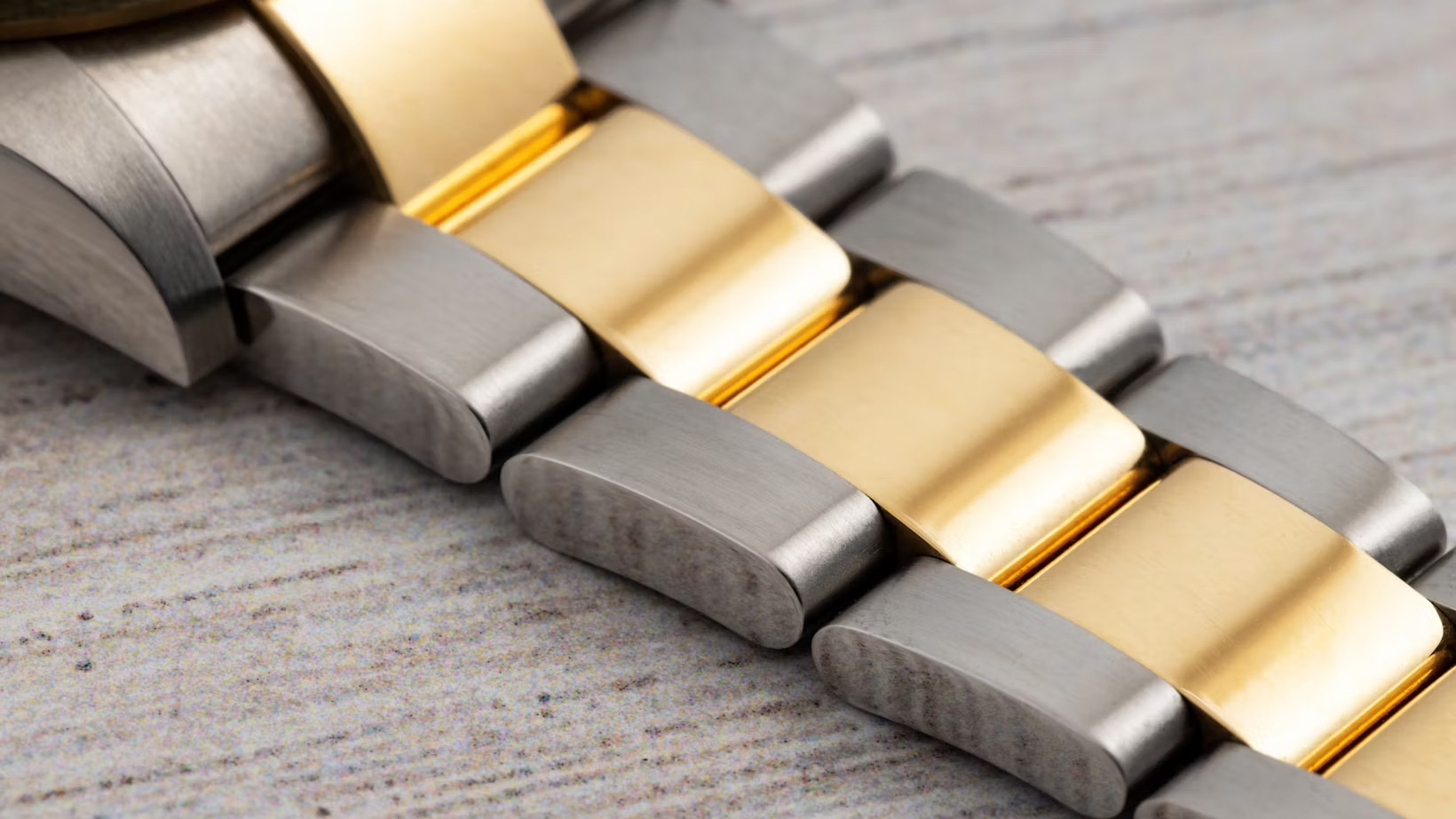
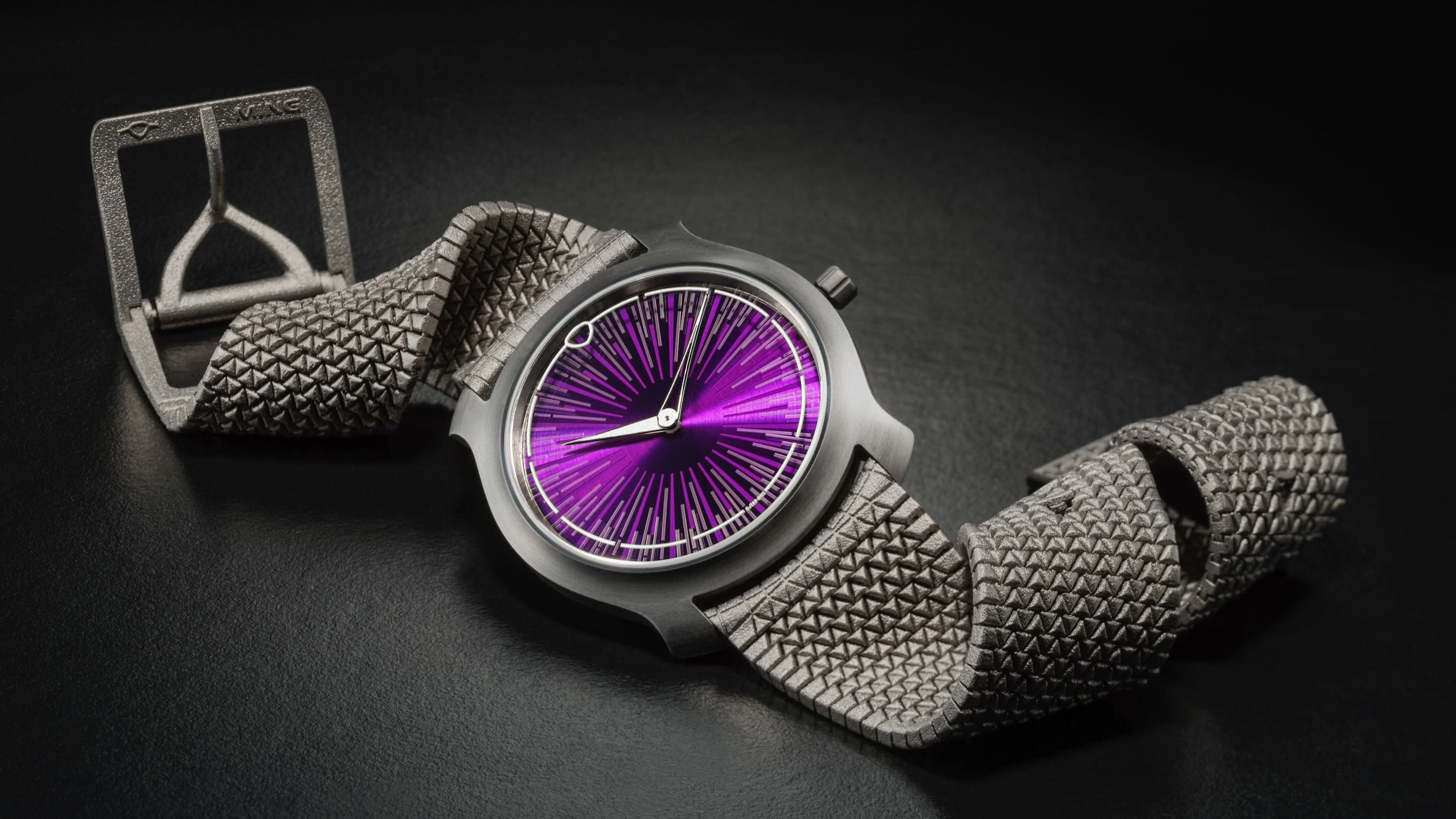
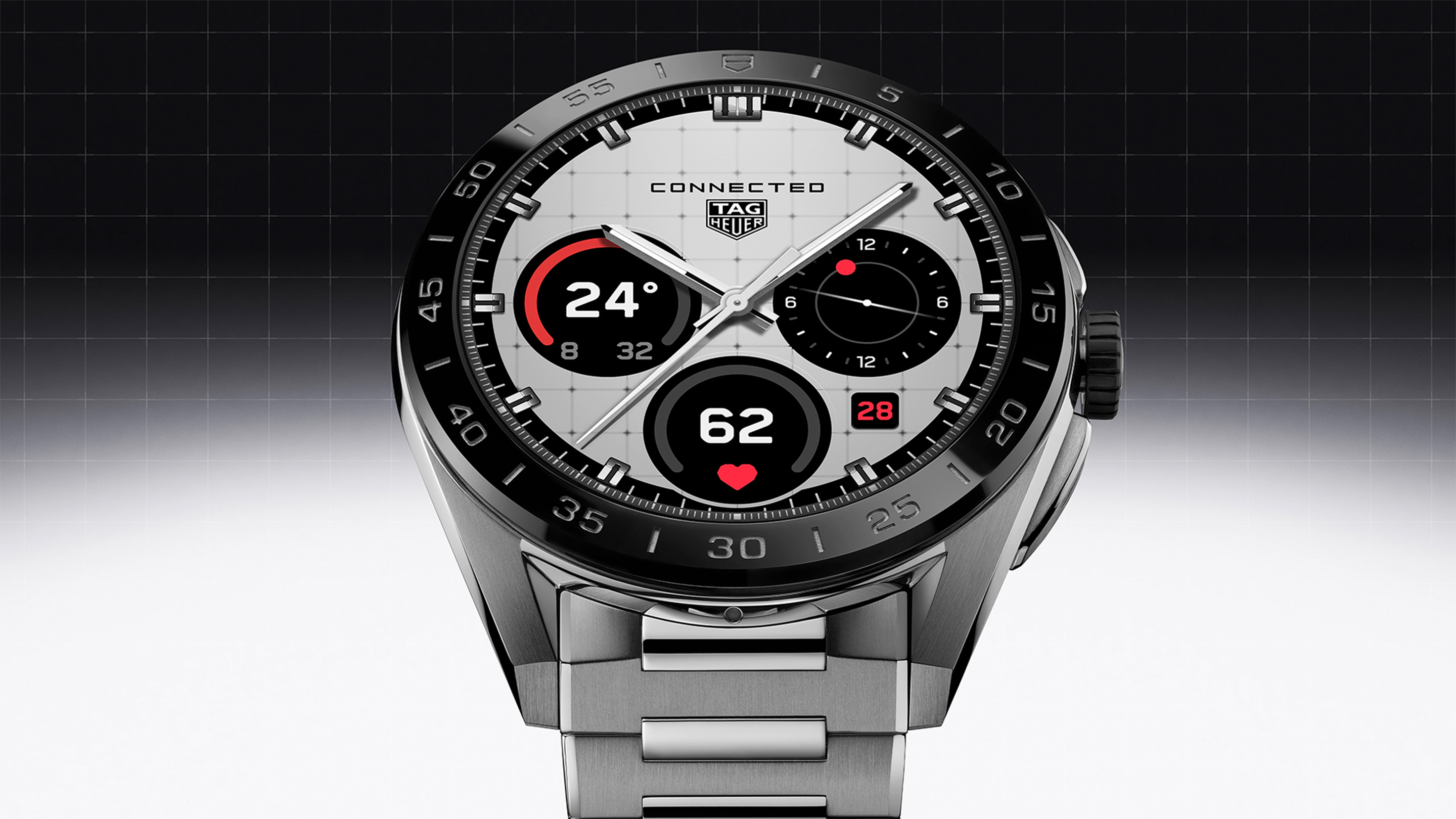
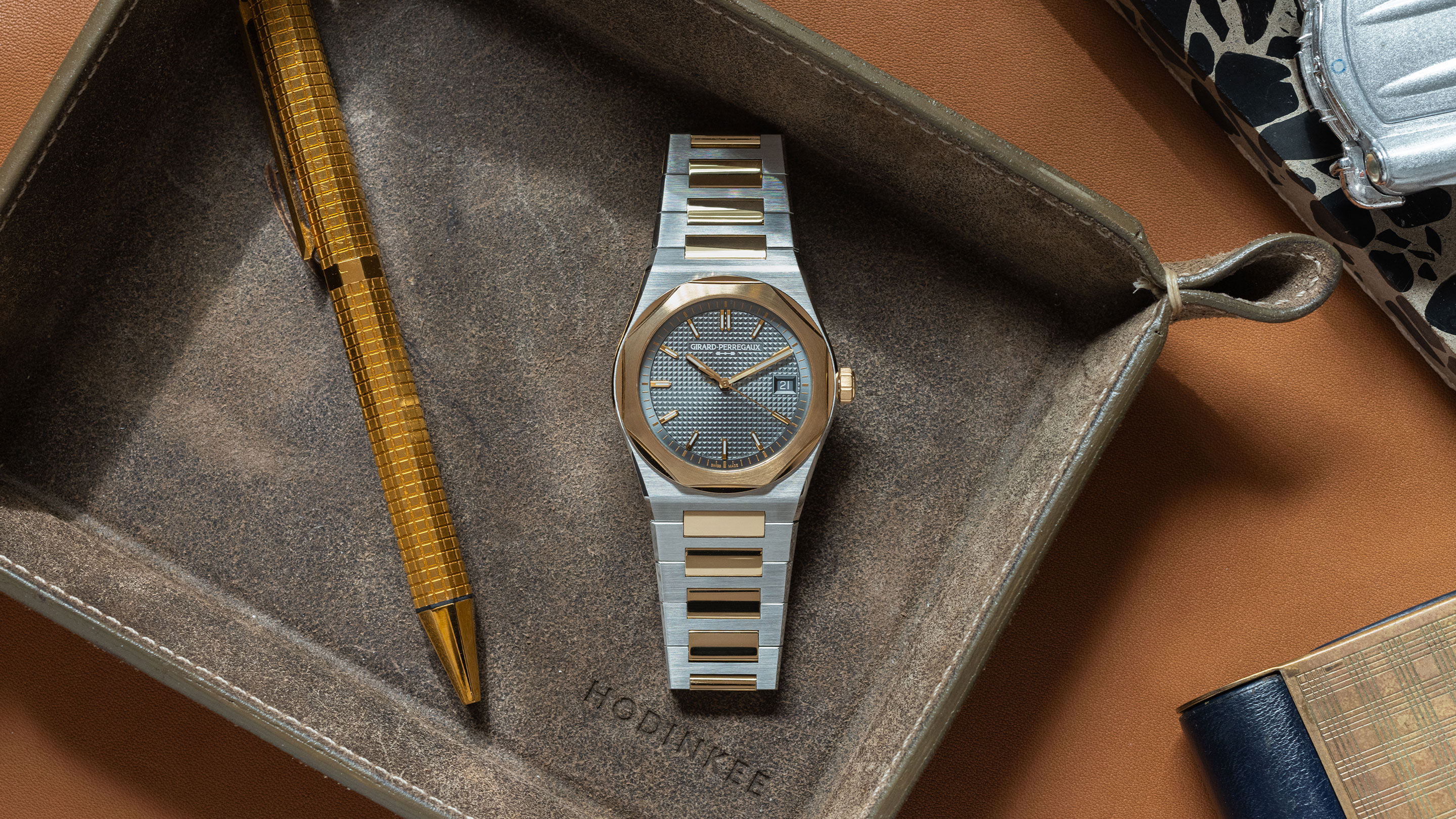
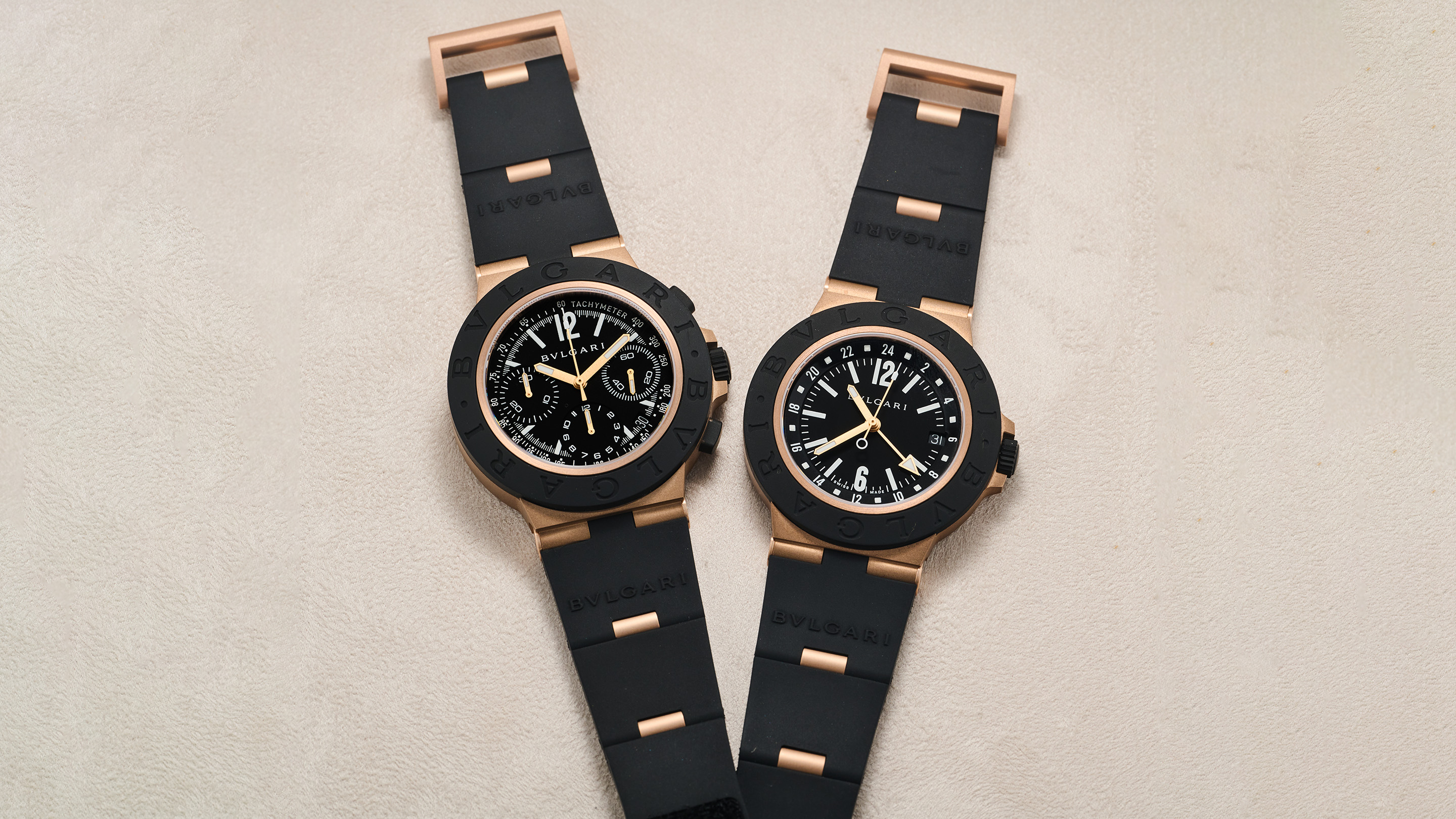
Top Discussions
Breaking NewsA Yellow Gold Rolex ref. 6062 Sets Record for the Reference, Third Most Expensive Rolex Ever Sold, At $6.2 Million
Photo ReportInside Mike Wood’s ‘For Exhibition Only’: A Private Rolex Collection On Limited Display
Reading Time at HSNY: Ex Libris